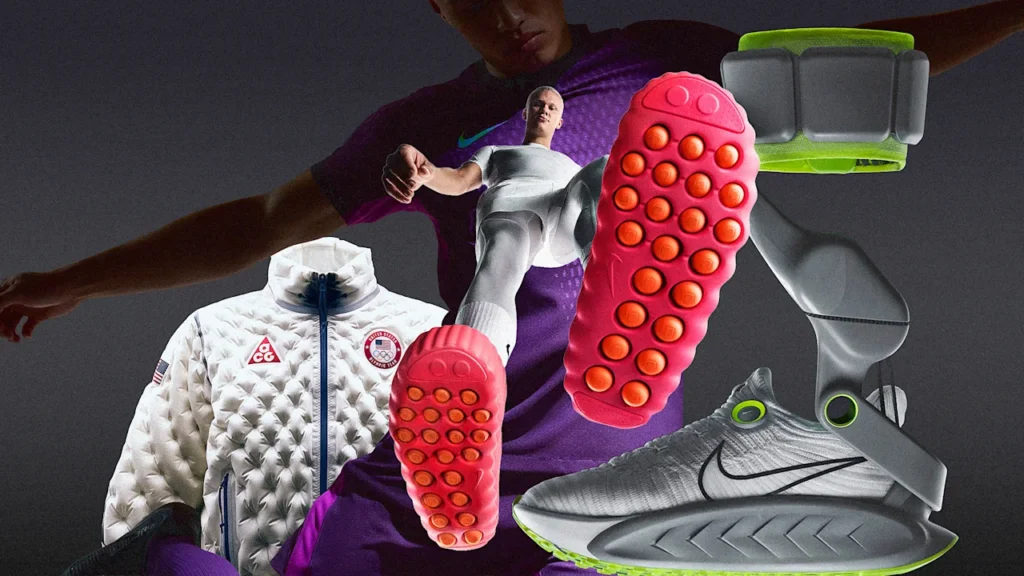
There’s not a more fairy-tale story in business. Nike CEO Elliott Hill began as an intern. Worked about every job imaginable at the company. Was passed up as a fave for the CEO role in 2020 when John Donahoe was brought in from Bain. And then, finding himself retired, and charter member of a silver fox baseball league in Austin, the swoosh boomeranged in from the clouds and Hill hitched a ride back to Beaverton.
Now, after a year at the helm, Hill’s still dealing with Nike’s COVID hangover, brought about (at least in part) by Donahoe, who bolstered profits by selling waves of retro sneakers to people at home, all while reorganizing the core innovation team structure that had made Nike successful for decades. When Hill showed up in 2024, Nike revenue was down 10% yoy. This year, it’s down 9.8%, and Trump’s tariffs took a $1.5 billion bite out of Nike’s net profits.
“One point five billion,” fires off Hill’s tongue as we sit together in the swank office at the top of Nike’s Lebron James Innovation Center in Beaverton, OR—a number I don’t feel a need to say aloud that’s clearly been imprinted in his psyche.
Following a year of Hill’s media quarantine, I was invited alongside a small group of global journalists to get a peek at what Hill has up his sleeve—and let me be honest in admitting that it felt a little strange to be back so soon. I was just at Nike in March 2024 profiling Donahoe’s swansong when I wrote our Spring cover story.
The campus was a little dead back then; and more than one executive seemed to be biting their tongue. Keep in mind, most of Nike leadership is a collection of people who’ve been there for decades (often 20 and 30 years). They have an earned ownership of Nike’s POV, like a family sharing kitchen cabinets.
And I don’t think it’s just the endless buffets of salmon and vegan lox Nike plowed on the press talking: Campus did feel more energized. Interviews felt less guarded. But more so, Nike’s new product lines are genuinely more exciting than about anything that’s come out of Nike for years.
Nike didn’t invite us here for a casual photo opp; it is quite intentionally seeding its own turnaround narrative. The company has something to prove to fans and shareholders alike—namely, that it can still innovate. But it’s making a strong case that it can. From its Project Amplify exoskeleton-in-a-shoe, to Nike Mind brain-hacking footwear, to a new inflatable jacket called Project Milano, to recycled fabrics known as Aero-FIT that are 2x more breathable, every big new idea out of Nike looks more promising than another Dunk colorway.
Here are my four big takeaways on what is going on at Nike, and where the company is going next.

Elliott Hill seems like the guy for this moment
Elliott Hill’s job is to get Nike growing again. (And you can read my full Q&A with Hill here.) But as Hill put it to me, “not all one percents of revenue are created equal.” And accomplishing just 1% growth for Nike, which is $500,000,000 by the way, means it has to essentially launch the equivalent of a new company every year. Will Nike’s onslaught of new innovation help achieve this revenue growth? On that he hedges a bit. The lowest hanging fruit is still simply spreading the Nike gospel farther across the world. (That’s my sacrilege not his.)

“Sport exists in every country, and we’re doing business in almost 190 countries. And . . . we’re not meeting our full potential in some of these countries,” says Hill, citing southeast Asia and Malaysia in particular. “We have tremendous opportunity to still grow there, when we run our offense.”
Keep in mind Hill’s earliest duties at the company involved hopping on the phone and pitching Nike products to shops, building its retailer network. The same network that Donahoe torched thousands of small retailer relationships by pivoting the company to direct-to-consumer.
Hill’s job has been a lot like the task ahead of whichever president follows Trump—reinstituting dismantled systems just to get the machine running again.
Hill has been repairing retailer relationships. He’s relaunched marketing under Just Do It. And he’s also rewound the entire innovation engine of the company back to its old structure. Donahoe blew up about 40 years of Nike hierarchies when he reorganized all product development under Men’s, Women’s, and Kid’s. Hill put these teams back into sports like running and basketball.
Look, I talked to Hill for all of 17 minutes. He really feels like some platonic ideal of a Nike executive, with a penchant for slapping you in the knee when he makes a point. There’s a sort of “wake up, stay focused” energy to him.
Execs on Hill’s payroll have called him “more trusting” and “unflinchingly supportive.” I’ve gotten to meet, and re-meet, a lot of Nike execs and designers over the last decade. And truly, they all have a new bounce in their step.
But I also appreciated how Jannett Nichol, a 32-year Nike veteran who is VP, Apparel & Advanced Digital Creation Studio Innovation, threw lukewarm water on my question: Was all of the new product I was seeing the result of Hill taking charge with a more aggressive innovation strategy?
“I mean, I think Elliot coming on has been fantastic. There’s no denying what he brings to the company . . . he’s always been that personality type,” she says. “But the work was in flight. And it was going to happen, whether it was Elliot or not.”
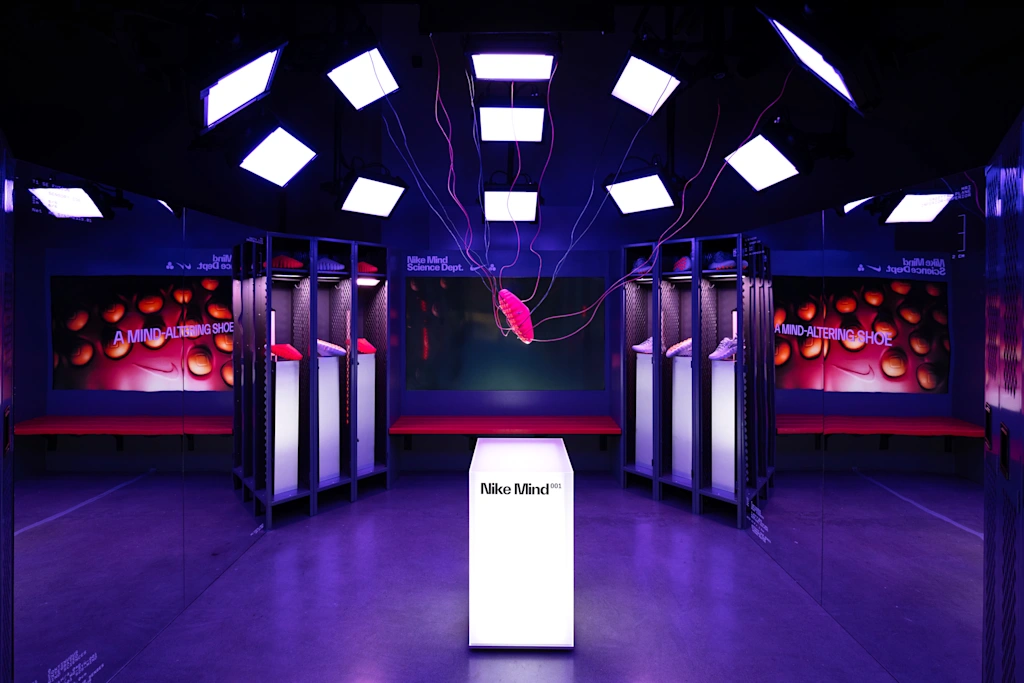
The truth Nike won’t tell you: It’s a wellness company
One of Hill’s best decisions was promoting Matt Nurse to become Nike’s chief science officer.
Nurse is a researcher who runs Nike’s big athlete testing facility, the Nike Sports Research Lab.
(For some reason, whenever I’m there, Nike has hired these fitness models to demonstrate sports, and the soccer players, seemingly carved from marble, always have their shirts off. Doesn’t Nike sell shirts? NIKE DO YOU NEED ME TO LEND YOU A SHIRT?!?)
Anyway, Nurse has always seen Nike as something more than shoes. And that’s important for Nike. Sneakers are increasingly commoditized. Even Nike’s marathon-busting Vaporfly shoes were quickly copied by the entire footwear industry.
Nurse has to juggle a somewhat complicated narrative that underlies Nike. They are inspired by the elite athlete, and their dialogues with these superhumans is intimate and ongoing—as evidenced when chief innovation officer Tony Bignelli swiped through his own text message thread with Eliud Kipchoge to pull up a picture. But their other message is that, um, also, well “if you have a body you’re an athlete!”
Nike’s marketing and business model has a lot of ways to grow in this regard, and I think Nurse’s team sits at the fulcrum in making that work.
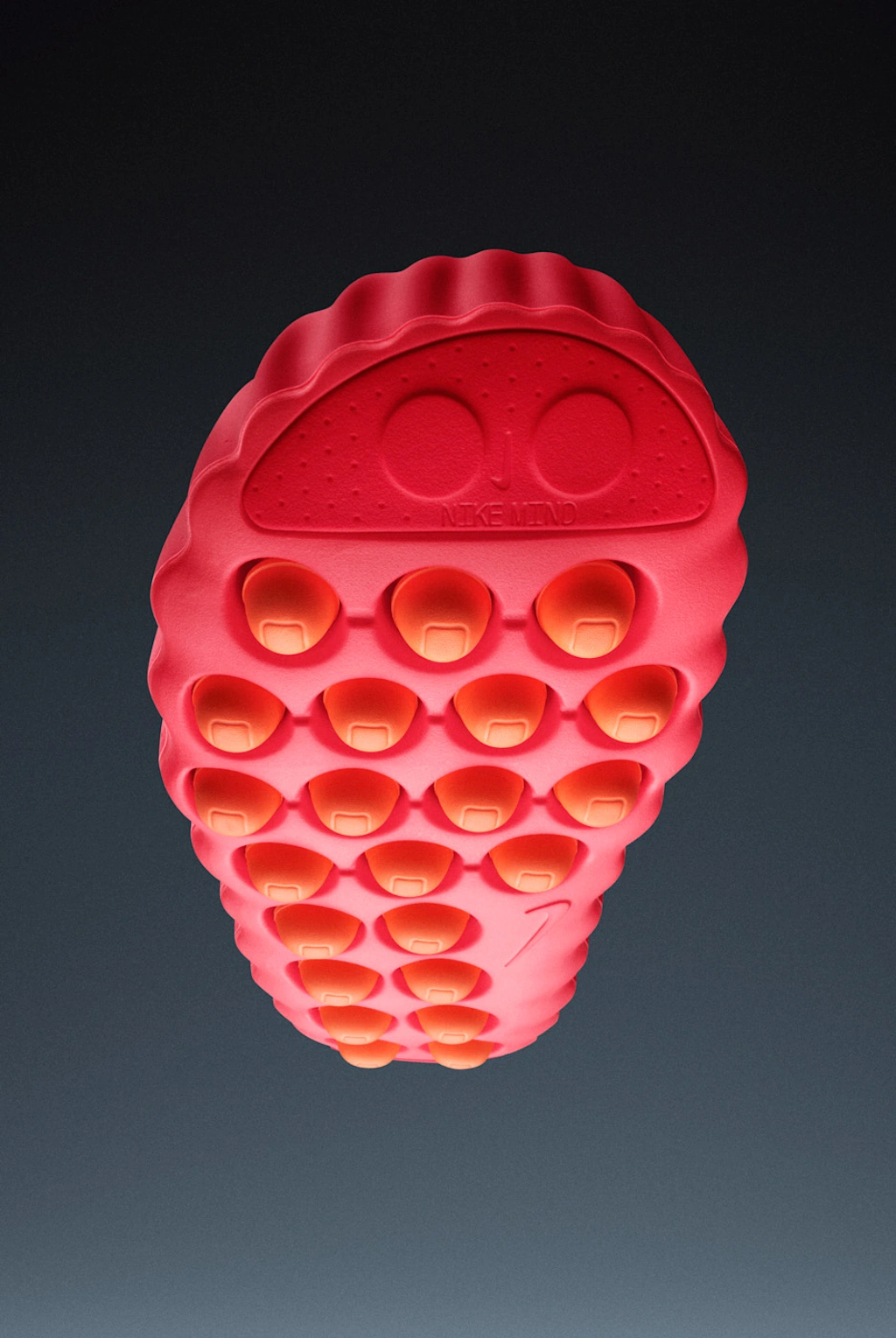
One of Nurse’s pet projects is the launch of Nike Mind, two new neurophysiological shoes that poke into your feet to measurably calm down your brain. I compare Nike Mind to Nintendo’s Brain Age moment, when with a single app, it expanded its premise and addressable market from gamers to anyone concerned about aging.
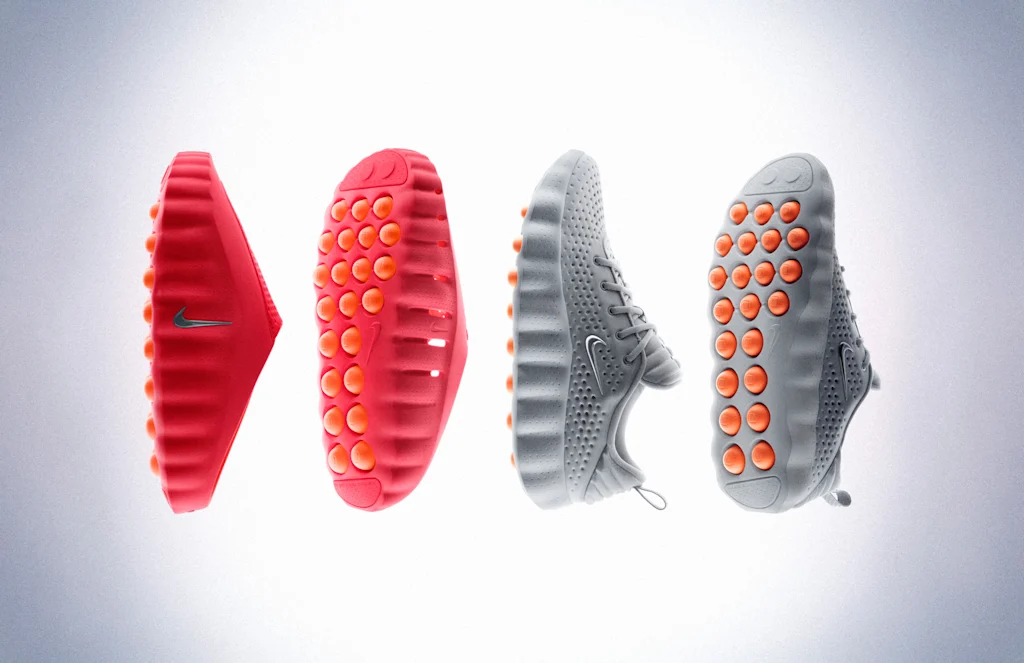
It starts with these shoes that essentially force mindfulness by connecting pressure points on your foot to textures on the ground. 22 foam nodes stick through the outsole, angling and resonating shapes and sensations straight into your foot. They’re funky to walk in. You can feel blades of grass, even trough socks.
They increase alpha waves in your brain, just like meditation, though Nurse admits they don’t reach the point of “meditation shoe.” Cognitive neuroscience, and the way products and spaces measurably affect us, is the cutting edge of design right now. Two decades of worldwide academic research are just begging to be commercialized. And these Mind shoes are just a taste of what that could be as Nike neurosciences the hell out of the rest of your body.
“You can imagine where we’re headed,” says Nurse. “You start thinking about tapping into [our] sensory systems. The foot is one area . . . you’ve got a whole body . . . this whole canvas.” He points out that we have all sorts of emotional states that we might want to activate, other than calm.
Another area where Nike is inherently thinking outside sport is in its Project Amplify exoskeleton, or a robotic Achilles tendon that clips onto the back of a shoe.
Cognitive neuroscience, and the way products and spaces measurably affect us, is the cutting edge of design right now.
Project Amplify isn’t built for Lebron. Vaporfly broke marathoning with 4% energy return. Project Amplify will offer something more like a 20% boost in energy when it debuts mid-ish next year. At launch, Nike imagines a similar market to people who bought e-bikes—athletes who want to adventure further, faster. But in my opinion, so much energy amplification offers a new opportunity for Nike to shift the narrative from just being faster to being more able-bodied—something that will resonate with the aging population in particular.
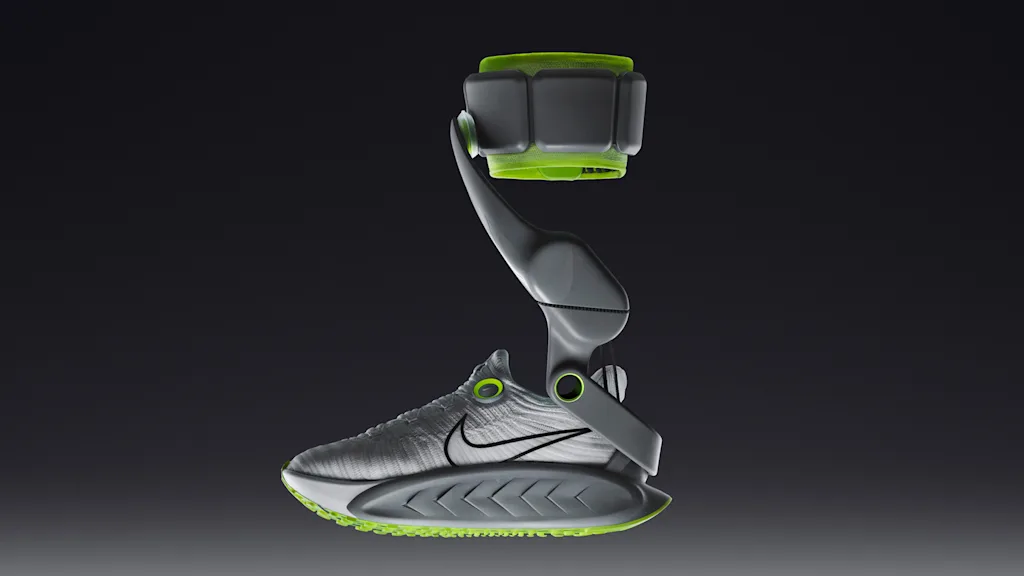
That’s not Be Like Mike stuff! But Nike has the potential to be the first and most aggressive to democratize the exoskeleton as a slip-on shoe, or an “ebike for your feet” as the company is positioning it. If all Amplify does is help you hike or run another few miles, it’s a failure. This is a training tool. A rehab tool. A healthcare tool. A way to keep boomers (and every generation that comes after them) walking consistently and healthily through their lives, not necessarily to dunk, but to buy groceries.
Nurse gets this but is treading carefully.
“Maybe you just need to get around the city,” he muses. “We got you. It’s okay. You’re still moving. We’re going to help you.”
The Apple Watch is now a $17 billion business for Apple and all it does is display texts and track some health metrics. Apple found a way to appeal to athletes and people worried about a fall. Nike needs to master that same balance to grow.
Quite simply: The global footwear industry is worth somewhere around $150 billion. The global wellness industry is worth $6.3 trillion. Hill’s revenue answer exists everywhere off the track, court, or pitch.
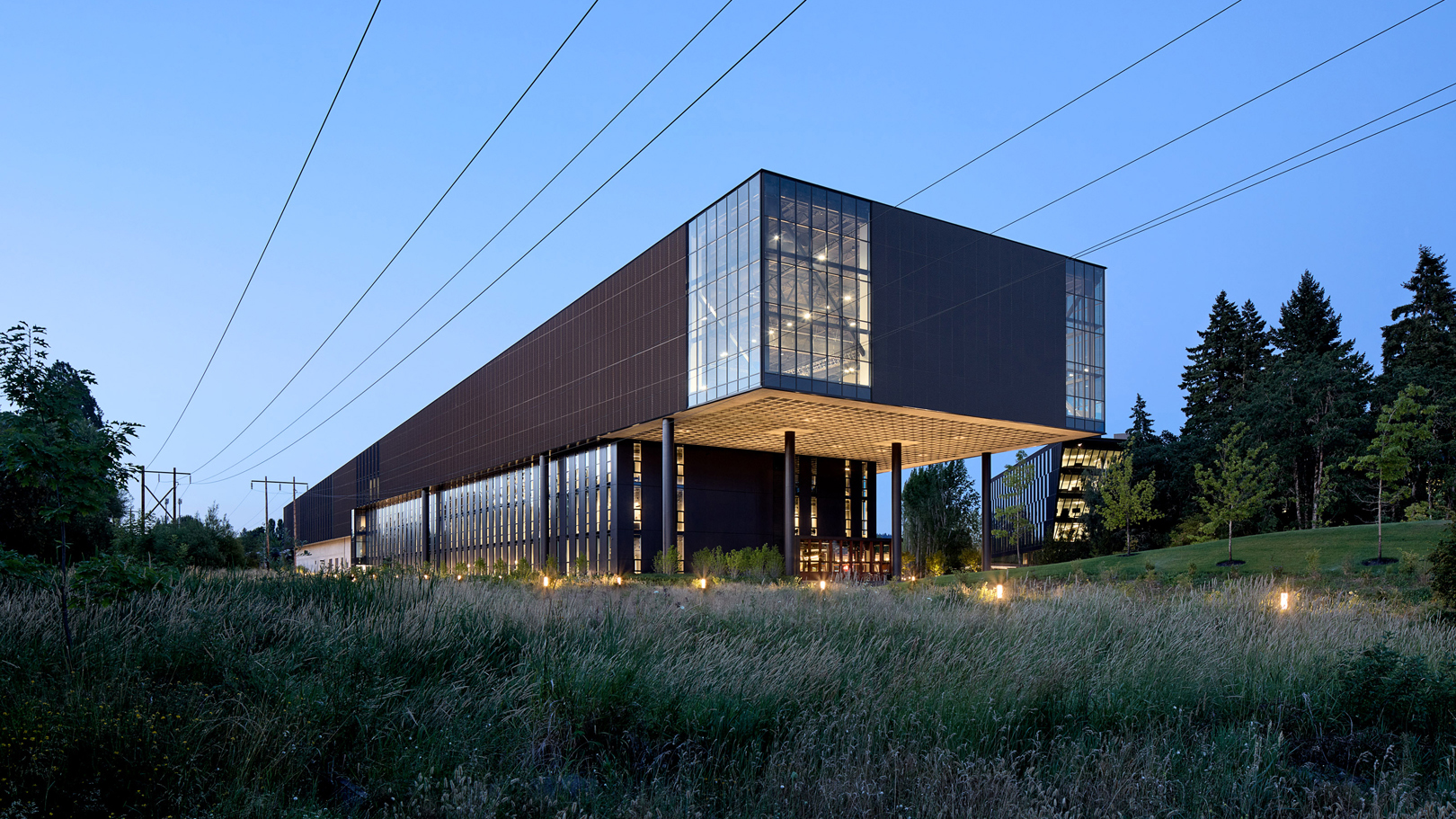
One of Nike’s most important investments is architecture
Nike has invested about $1 billion in new architecture since 2017, and following my four visits over the last 14 years, I can’t begin to emphasize how important these investments were.
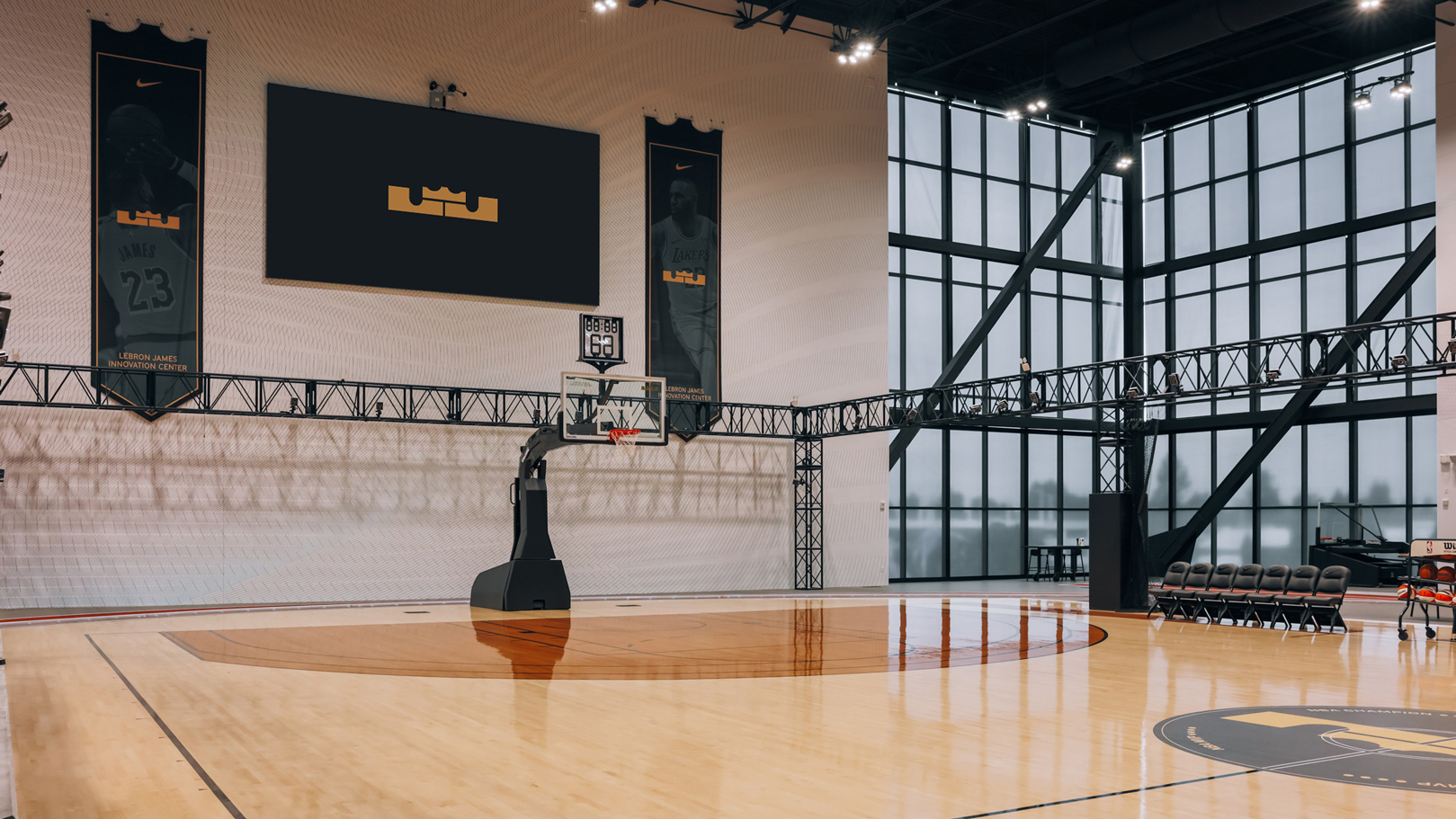
With apologies to buildings named after Mia Hamm and Tiger Woods, so much of HQ feels like an office park stuck in the ‘90s. Meanwhile four new buildings—including the Lebron James Innovation Center (one giant staircase, designed to look fast, where athletes sweat in rooms straight out of Dragon Ball Z and a lot of the designers work) and the Serena building (a million square feet of undulating offices with a stunning events space on the roof)—are both a pleasure to be in, and bring a sense of possibility.
These are modernist marvels set to a backdrop of Oregon forest. They exemplify the mix of nature and technology. Nike convincingly claims they have the best facilities to measure human performance on the planet, and they will become increasingly important as tools for Nike’s teams to break out of their own silos. The Lebron building, for instance, is off limits for most Nike employees to visit, given the sensitivity of the designs inside. But Nike’s new head of innovation, Tony Binell, has worked to shift development spaces up a level, and open the first floor—an atrium celebrating Lebron’s first 30,000 points that’s ensconced by many meeting rooms—to all 3,500 people on Nike’s product creation teams, so that people who work on different sports can share ideas and mingle.
“That’s how you get some of that sharing we sort of missed because I can’t be bothered to walk across campus, you know?” says Binell. “But actually, [it should be like] ‘That shoelace is cool! We could use that shoelace!’”
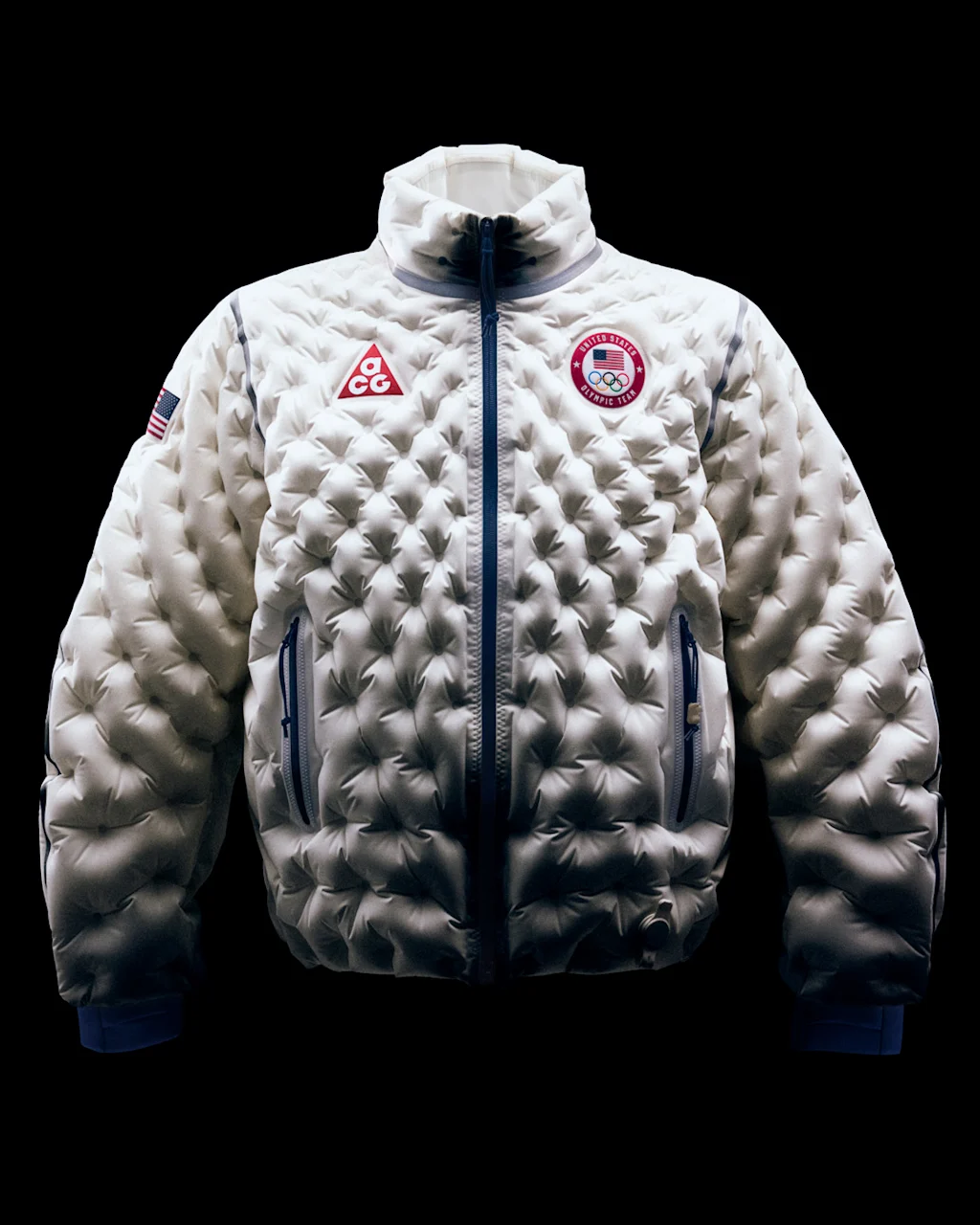
Nike ACG gets even hauter
To grow its business, one thing Nike wants to do is expand its brands—and Hill told me he’s even open to acquiring the right companies to do so. But the entire technical and trail-inspired outdoor industry, ranging from The North Face to Arc’Teryx, is one of its fastest growing categories in sport, worth around $130 billion a year by Nike’s estimation. And as it happens, Nike has had a very respected, slightly underground (for Nike) label called ACG that plays in this space.
ACG puts out some of the most experimental, hypebeastiest drops each year. And Nike is about to put it front-and-center on the podium at the Milan Winter Olympics. (RIP EVERYONE WHO LIKED ACG AS A PERSONALITY TRAIT.)
Their new Air Milano jacket reinterprets Nike Air as a haute, inflatable winter jacket. Its computationally quilted baffling catches the light in a captivating way. (You’d never know that pattern is actually an abstraction of the ACG logo.) And a handheld inflater puffs the jacket up in about 10 seconds, creating insulation on demand.
This coat is wild. Absurd. Beautiful. I love it.
It also feels high-end. Nike intends to relaunch ACG around this moment, making the sub brand the “pinnacle expression” for an athlete, with the “reemergence of ACG in a new premium way,” according to Nichol.
“[It’s the] most technical garment we’ve ever made that’s not going to space,” Nichol says. In other words, it’s going to be expensive.
As Robert Cordero, contributing writer at BoF quipped at the event, this probably means that Nike is selling air for more than down. That’s a somewhat wild possibility to comprehend! The ultimate margins are likely appealing on a balance sheet. But I do also worry that if Nike stays too premium with this tech, it’ll get Sketchersed or Sheined to death before it can own the space.
When I mention to Nichol that the jacket felt like it would make a great sleeping bag or tent, I asked, does stuff like that make sense for Nike?
“I think through the lens of ACG it fits perfectly,” she says.
Nike simply cannot look new while looking so old
Nike hit its low point in 2023 with the release of Ben Affleck’s Air. A company that was about to get trounced for doing nothing more than rereleasing old shoes gave the whole company the Argo treatment. How do you ruin Michael Jordan? By making his story look old instead of timeless.
Look, Nike Air is from 1978. That shit is almost 50 years old. The last incredible, mainstream tech release was its Flyknit material in 2012. And the truth is, Nike’s launched its last category-busting product almost a decade ago now, with its Alphafly shoes that returned 4% of someone’s stride and literally broke long distance running. This was 2017—lifetimes ago—pre COVID and ChatGPT.
And let’s be very honest: In this moment of massive technological advancement, consumers are naturally developing higher expectations as to what constitutes a breakthrough. Nobody beyond the most advanced athletes are interested in 4% margins anymore. This is the moment to reinvent how we live.
Nike has made billions off of its classic IPs, remixed with new colorways and design sensibilities. But it’s hard to see the sheer scale of modern collab culture as anything but late stage capitalism. Every designer I know is lamenting the thirst of the social/product feed. And through that lens, Nike’s days of selling fancy foams feel numbered. But erase a few bad news cycles, and I challenge you to name a company more exciting than Nike right now in terms of sheer potential.
Consider that Nike is a UX company that doesn’t really make software, and a technology company that doesn’t touch phones. It builds products for the human body—things to make us move faster, more comfortably, and more joyfully.
I’m excited about Nike because slip-on exoskeletons and brain-activating apparel introduce the possibility to reshape our day-to-day lives. But most of all, I’m hopeful that Nike seems to be recognizing that its potential is so much greater than what we stereotypically think of as footwear and apparel—of that 1970s brown Argo filter fogging over the swoosh.
Nike’s new tagline, born from its EVP and chief innovation, design & product officer, Phil McCartney, is “Make epic shit.” The remit really is both that hard and that simple.
